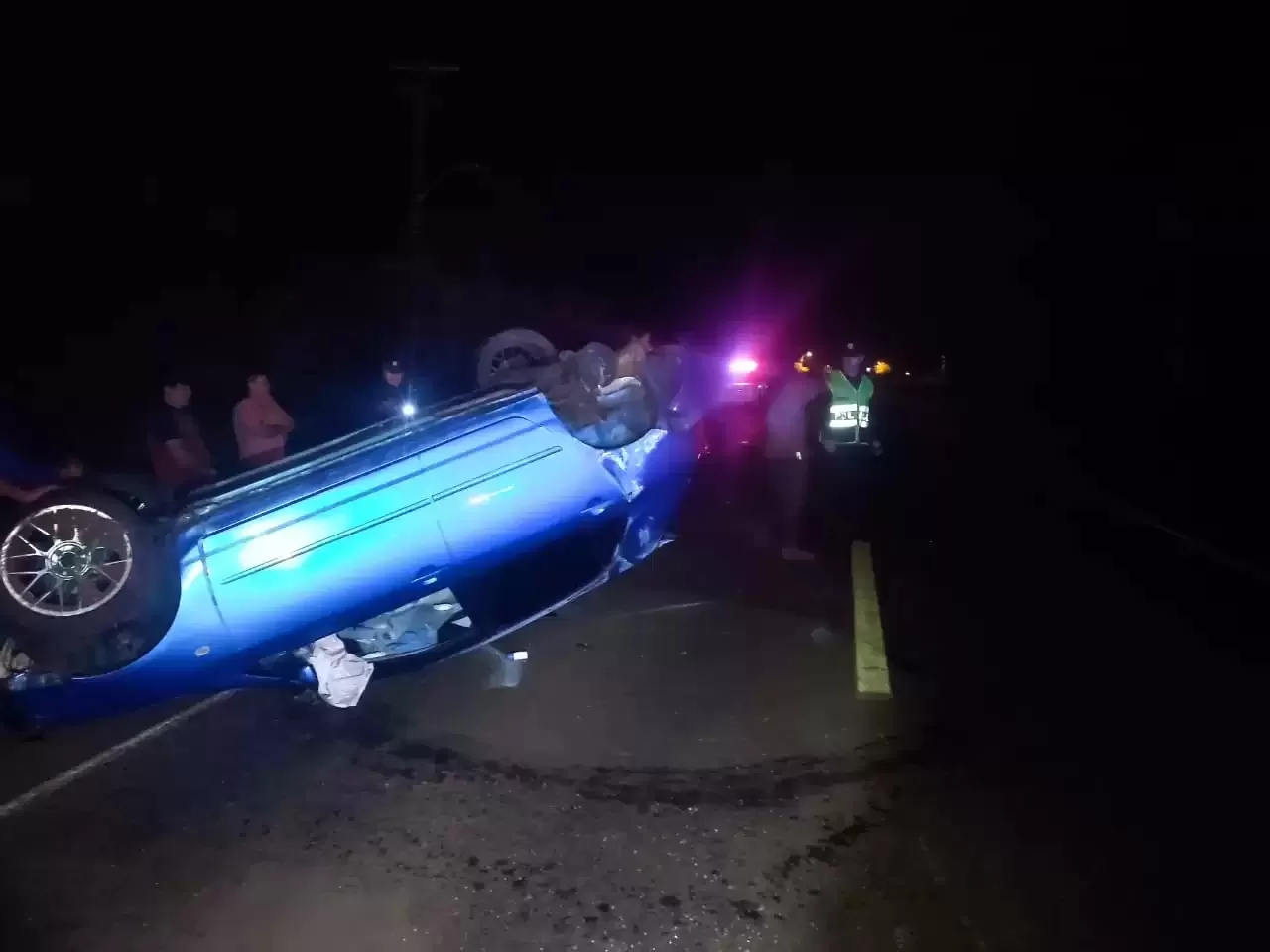Ostap describes the actions of the partisans as invaluable to the Ukrainian defense.
– They stress the enemy. It’s hard to fight people on their home turf. They know how to get close to the enemy and cause maximum damage, he says.
When the war in Ukraine broke out in 2014, a resistance movement emerged in the occupied Donbass region – but it was spontaneous and not very well organized, according to Yuriy Matsijevskyj, professor of political science at the Ostroh Academy National University.
– For that reason it did not last long, the Russians were able to effectively suppress the sporadic spots of resistance, says Matsijevskyj.
The task: recruit partisans
In 2021, the Ukrainian army’s special forces were tasked with coordinating a better-prepared resistance movement in the event of a major invasion by Russia.
– One of their tasks is to create partisan units behind enemy lines, says Matsijevskyj and continues:
– This unit also acts as a direct force at the front, with special operations. They also act behind the line as sabotage groups.
In the months leading up to the war, more and more civilians received military training and learned methods of guerrilla warfare. Already in the first days of the invasion, civilians took up arms and provided vital information to the Ukrainian army, slowing the Russian advance.
The occupiers increase the pressure
During the invasion, the resistance has resulted in a partisan network. Recently, the occupying power has stepped up the hunt for partisans, through more checks on civilians.
Can the partisans worsen the situation for the population in occupied territory?
– The Russians have created a hell. As long as they stay, it won’t get better. It’s like a prison without a roof, and for the slightest thing you are thrown into a basement, says Ostap.


